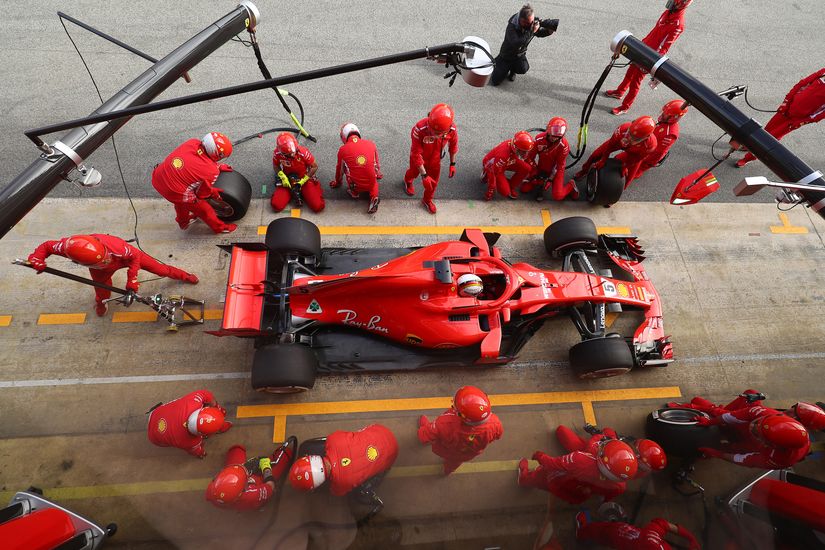
Formula 1 Moves Towards New Catch-Up Mechanism for 2026 Power Unit Rules
Formula 1 leadership has reached a broad agreement to introduce a “catch-up” mechanism designed to assist engine manufacturers who fall behind in performance under the new 2026 regulations. Although final details are yet to be decided, the principle was approved during a recent F1 Commission meeting.
Under next year’s new rules, the 1.6-litre turbo hybrid engines will be retained but with a simplified structure and a major emphasis on electrical power, which will rise from the current 20% to approximately 50%. Sustainable fuels will also be mandatory, pushing F1 closer to its environmental goals.
The shift toward greater hybrid reliance raises concerns over potential performance gaps. Established manufacturers like Mercedes, Ferrari, and Honda, along with newcomers Audi and Red Bull Powertrains, will compete under this new framework. Notably, the hybrid-focused regulations were instrumental in attracting major players like Audi, Ford (through Red Bull), and General Motors, the latter preparing a Cadillac-branded entry by 2029.
During the Bahrain Grand Prix earlier this month, Mercedes, Honda, and Audi opposed significant changes to the electrical regulations, insisting that hybrid performance should remain a competitive differentiator. Meanwhile, the idea of allowing struggling manufacturers enhanced dynamometer testing or increased budget flexibility was discussed but left for further technical refinement.
Additionally, Formula 1 is grappling with a potential energy management problem for 2026. Cars might struggle to recover enough energy on straights, potentially forcing drivers into lift-and-coast strategies. While moveable aerodynamic devices have been introduced to help reduce drag and aid braking energy recovery, some fear this may not be enough.
One solution proposed — championed by Red Bull but strongly opposed by Mercedes — is to lower race-time electrical deployment from 350kw (470bhp) to 200kw (270bhp), keeping the higher figure for qualifying and “push-to-pass” systems. Mercedes argue that performance issues should be assessed once the 2026 cars are on track, not pre-emptively addressed.
Other discussions included strategies to prevent grass fires at circuits, following incidents like those at the Japanese Grand Prix. Replacing titanium skid blocks with steel at high-risk circuits was suggested but not yet adopted.
Formula 1 continues to work intensively through technical groups to finalize these crucial changes, ensuring the sport remains competitive, exciting, and future-focused.
Stay updated with the latest Formula 1 news and sports insights only on Betway Arabia, your trusted destination for premium sports coverage.






